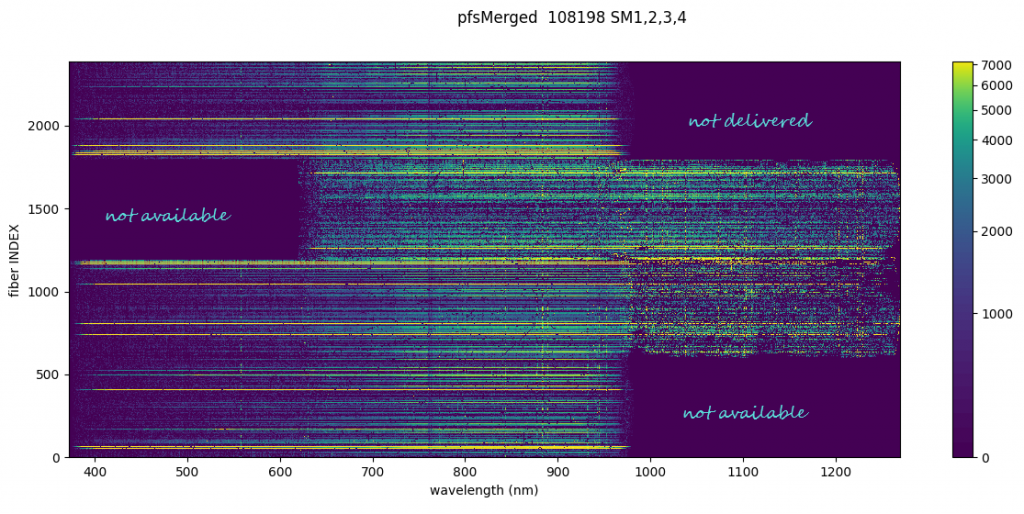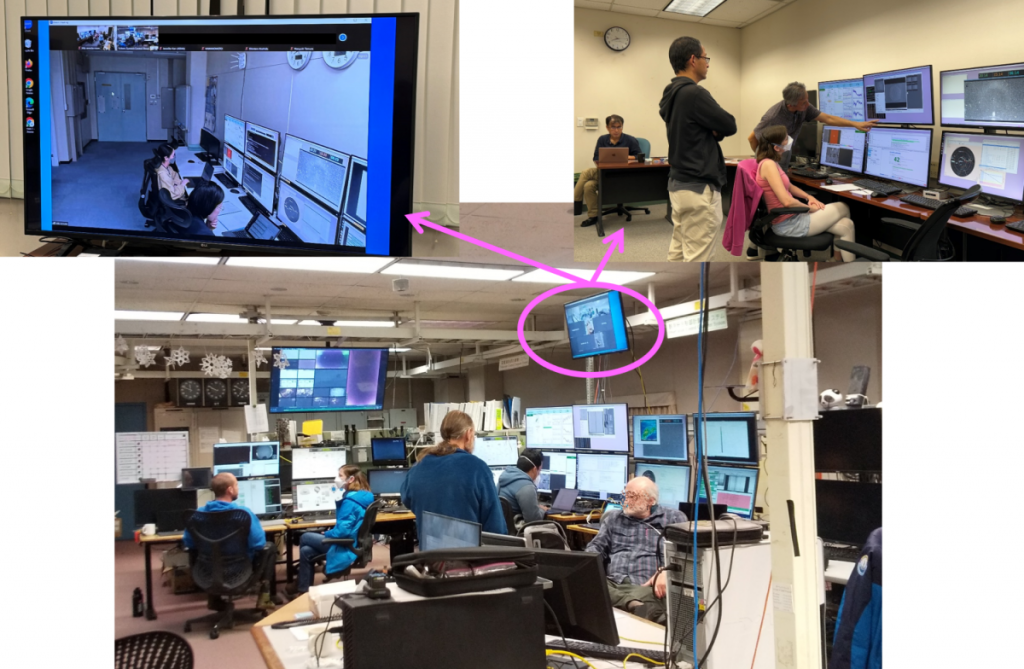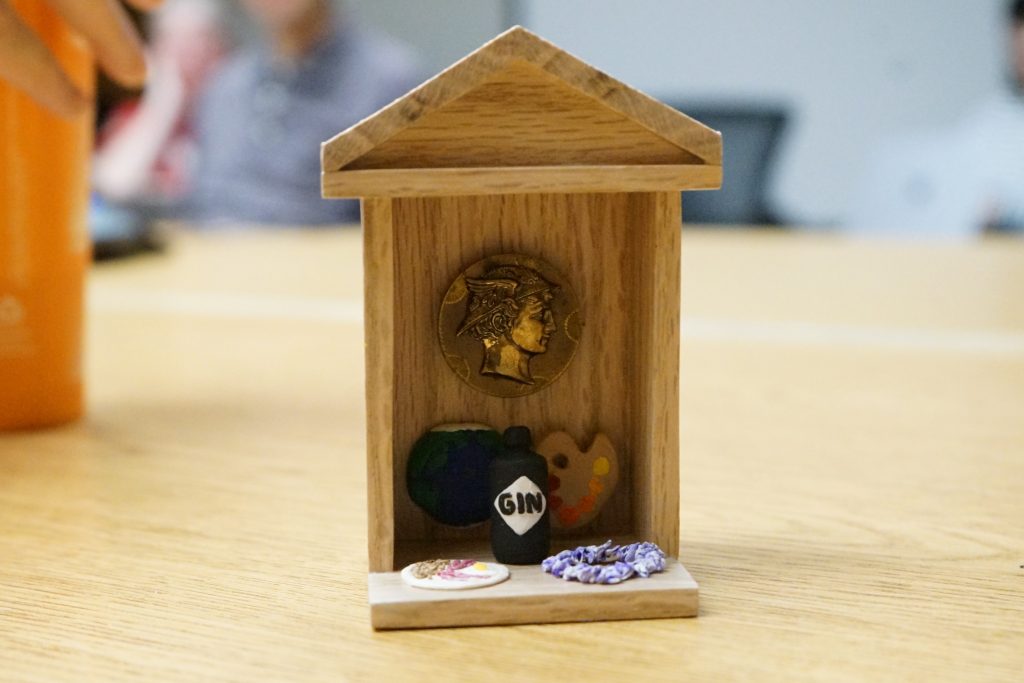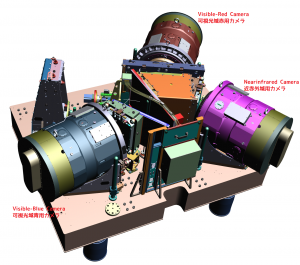We had an engineering observation from 8th to 17th March 2024, several month after the previous observation. We carried out the on-telescope test in December 2023 to take calibration data, but this was the first time to “observe” celestial objects with four Spectrograph Modules. In fact, there were a couple major updates before this engineering observation, and we’ll show them in separate articles.
The observation was for 10 nights, as long as the previous observations. More than 10 members of PFS team from Princeton University, ASIAA, Kavli IPMU and NAOJ joined the observation from various sites; at Subaru Telescope on the summit of Mt. Maunakea, from the remote observation rooms in Hilo and Mitaka, and via Zoom.
We spend the most of a few nights at the beginning, which was rather cloudy, with taking the calibration data which are fundamental to process and analyze the spectra, and updating software module to measure the position of the fiber spots on the telescope focal plane using Metrology Camera System. The updated software achieved better performance to move the fibers to target positions than ever. Later, we took many spectra of stars and galaxies, bright and faint, to validate instrument performances — for instance, to test how accurate the fibers are configured to the target position, to compare the focus positions between the guide cameras and fibers, and to estimate instrument throughput. It must be impressing to get approximately 2400 spectra with one exposure now.
Having only a half month left before the next engineering observation, we are analyzing the data to get the results and optimize the test plan.

By the way. PFS members from NAOJ have been developing tools and procedures to run the common use observation programs, which were tested in this observation. We aim at sharing the fibers among multiple programs, and executing observations in queue mode. In this engineering observation, we succeeded in making fiber design where the multiple programs share the fibers, as well as in observing them as queues following outputs from the tools. The team are discussing feedback from the observation, and developing the tools and mechanisms to reflect observed quality to the next planning.
This is a side story, but one of the members created a shrine to pray health of the infrared detectors. The shrine has symbols of the elements for the detectors (Hg, Cd and Te). With the shrine in the Spectrograph Clean Room, the detectors behaved well in this run.





